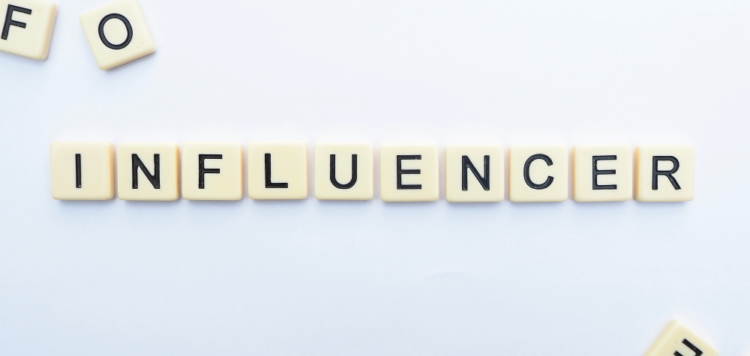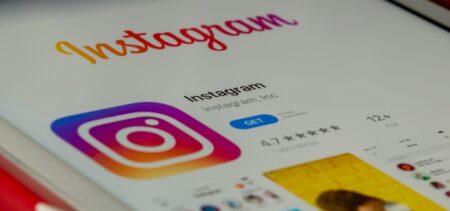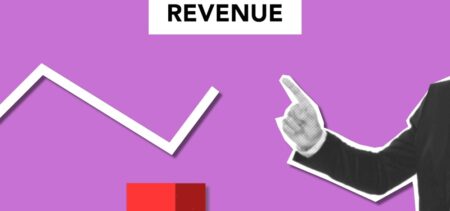Influencer marketing is an effective marketing strategy where businesses develop partnerships with celebrities and public figures to promote their products and services. Based on a report by HubSpot, 1 in 4 marketers leverage influencer marketing. In addition, 72% of Gen Z and Millennial audiences trust the recommendations of social media influencers.
However, the rise of social media platforms has transformed celebrity endorsements and influencer marketing, a related strategy that continues to grow and evolve. A bench marketing report by the Influencer Marketing Hub confirms the industry’s market size has exceeded $16.4 billion in 2022. By 2023, this figure will increase by 29%, reaching $21.1 billion.
With so much development around influencer marketing, organizations must stay updated with the latest industry trends for marketers. Employing these strategies can help them reach new audiences, maximize ROI, and adapt to changing consumer behavior.
Here are the key 7 trends that define influencer marketing.
Authenticity Is Critical
According to a recent study by Matter Communications, 69% of respondents are more inclined to trust recommendations from friends, family members, or influencers than information provided directly by a brand. This highlights the importance of authenticity in influencer marketing, proving that consumers are looking for relatable and original content. Moreover, 39% of respondents chose authenticity as the top value of a company, product, or brand.
ABSOLUT is an excellent example of an authentic influencer marketing campaign. For 8 months, ABSOLUT hosted an Instagram campaign to drive environmental awareness while initiating conversations about the brand. They worked with eco-conscious influencers known to have a passion for the planet while hosting a series of experiential events to develop an emotional connection and engagement between ABSOLUT and its target audience.
The outcome of this influencer campaign proves how unique this strategy was—it was awarded the Gold Winner for the Best Food and Drink Campaign at the 2020 Influencer Marketing Awards. In addition, 95 influencers created and promoted 612 posts over 8 months, and the campaign achieved a 15.16% engagement rate and 8.6 million impressions.
Consumers Favor Relatable Influencers
The same survey by Matter Communications demonstrates that consumers now prefer relatable influencers. When asked what types of personalities they find most appealing among influencers, 61% of respondents said they favor relatable influencers, 43% said chose expert creators, 32% are looking for just-for-fun influencers, and 28% of respondents said they enjoy aspirational influencers. Moreover, only 11% of respondents prefer celebrity influencers.
Customers enjoy relatable influencers because shoppers do not want to feel like influencers are selling to them, but rather that the recommendations from these influencers are from genuine experiences.
For instance, many Instagram beauty and fashion brands, such as Pretty Little Thing, promote user-generated content from influencers. While these businesses benefit from influencer marketing, audiences are more likely to interact with these posts as they seem more organic than standard photographed ads.
TikTok Dominates Video Content
Most marketers already know that video content is rapidly increasing in popularity. As confirmed by CreatorIQ’s 2023 Influencer Marketing Trends Report, TikTok is dominating the video content segment. US consumers spend much more time watching videos on TikTok than watching similar content on other apps. The platform has also become the primary search engine for Generation Z users.
An example of a successful influencer marketing campaign on TikTok is the collaboration between Dunkin’ Donuts and popular TikTok creator Charli D’Amelio. With a following of 144.5 million users, Charli posed with Dunkin’ Donuts products and created TikTok content for the campaign.
Credited to this TikTok influencer campaign, Dunkin’ Donuts increased its app downloads by 57% on the first day of the launch. An essential aspect of this campaign was that Dunkin’ Donuts did not have to work with a mega-influencer or global celebrity to generate impressive results. They partnered with a micro-influencer with significant traction on TikTok and promoted organic content.
YouTube Drives Authenticity
While Gen Z users seem to favor TikTok, the Matter Communications study shows that 36% of all consumers regard YouTube as the platform that hosts the most authentic influencer marketing content. This indicates a sustained interest in influencer marketing, which means brands will probably continue to invest in YouTube videos and increase their support for YouTubers.
ICHIGO Inc, a startup in Tokyo, Japan, implemented an affiliate marketing program but needed to drive more traction to achieve their desired outcomes. While the company did use various social media platforms, it focused on working with YouTube influencers to reach their target audience in the 18- to 50-year-old age range. As an added incentive for influencers, ICHIGO provided them with an affiliate link, so their followers would receive a discount of $5.
The outcomes of this strategy highlight how critical YouTube is for influencer marketing. After one year, this company could execute successful campaigns every month while increasing its influencer roster by 30 times.
Instagram Provides the Best ROI
Although TikTok is the platform of choice among children and teenagers, brands and businesses still rely on Instagram. According to the same Influencer Marketing Trends Report, 66% of brands say Instagram provides the best return on investment (ROI). By comparison, only 26% of brands choose TikTok when for the best ROI. Moreover, 71% of agencies also say that Instagram continues to deliver the best ROI, and TikTok is the secondary platform at best.
There are many great examples of influencer marketing campaigns on Instagram, including Häagen-Dazs. This brand worked with local influencers in New York City to promote ice cream as an essential component of a well-enjoyed Summer. They used a unique #HDOpenContainer hashtag to drive campaign engagement, and influencers produced UGC, bringing awareness to the brand. This campaign achieved 27,400 social engagements and over 14 million impressions.
Edutainment Content Provides Engagement
Edutainment, a strategy designed to make an ordinary subject entertaining, has evolved to become a favorite of most users. Based on the Matter Communications report, 42% of users now prefer recipes, tutorials, or step-by-step directions, while 35% of people find stories containing short bits of information to be the most engaging, and 33% prefer image-based content with additional text information.
Yummly, a food recipe platform, leverages food intelligence to help over 23 million users develop tailored recipes. The company partnered with Wpromote (an influencer marketing agency) to promote its app-based cooking assistant, The Yummly Smart Thermometer. After one month, organic influencer content generated 15,000 website sessions, over 1300 promo code redemptions, and a 305% higher click-through rate (CTR).
Choosing the Right Influencer Is Vital
Marketers must select the right influencers for their campaigns—creators’ followings must comprise the business’s target audience. These are more crucial factors to consider when choosing the right influencer:
- Influencers must promote content in the same market or niche as the business.
- Influencers must have healthy engagement rates.
- The influencer should have a lot of traction on social media platforms the organization’s audience uses the most.
- Influencers need to create and promote high-quality organic content.
To promote their online game, Stikbold, Game Swing had to find the best influencer to collaborate with. They selected the renowned gaming influencer, PewDiePie. This was a strategic and successful choice, and after live-streaming his Stikbold gameplay, PewDiePie generated 3 million video views, with many users requesting free trial keys to play the game.
PewDiePie was instrumental in this campaign’s success, as his followers shared the same values as Game Swing’s target audience.
In Closing
Influencer marketing can be a powerful tool to reach new audiences and build brand awareness and credibility. To achieve this, businesses must stay updated with the latest industry trends. To start, authenticity is crucial for campaign success, shoppers prefer relatable influencers, and TikTok ranks best for video content.
Additionally, consumers rely on YouTube for authentic content, Instagram boasts the top ROI, and users are highly engaged in edutainment content, making it critical to select the most appropriate influencer.





































